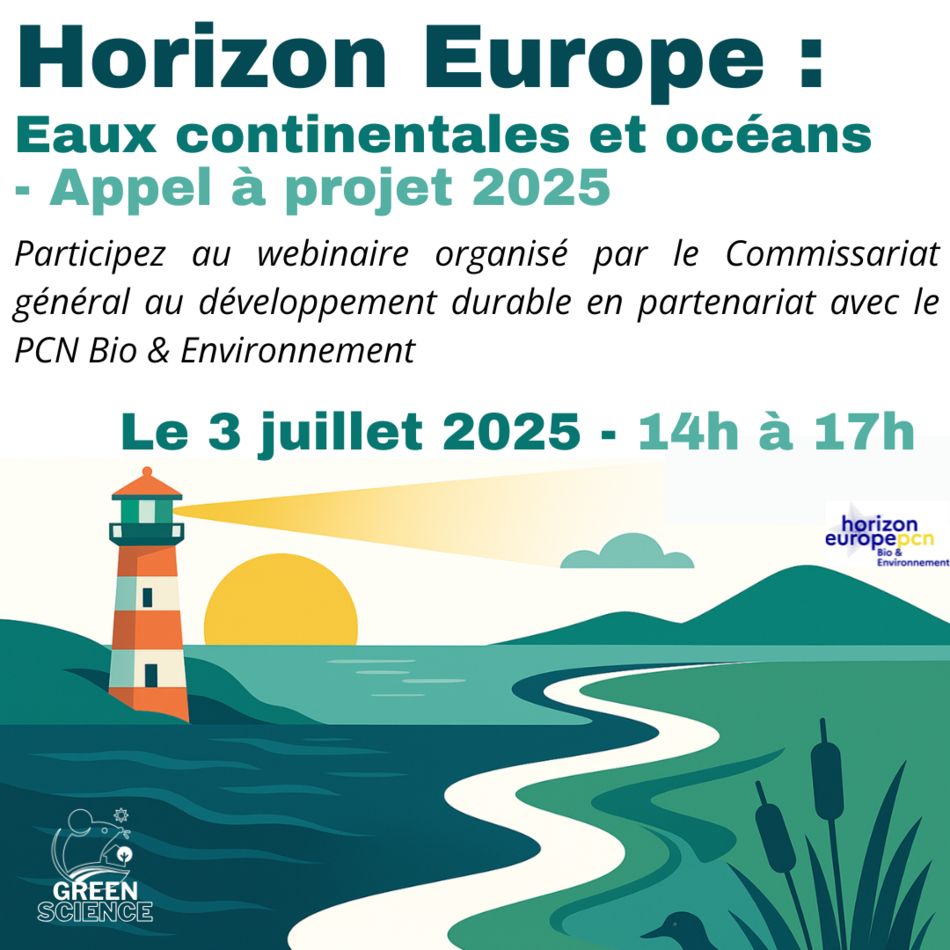Expected Outcome:
This topic aims at developing:
- Generation 5[1] technologies for mobility applications;
- the relevant manufacturing techniques which are affecting performance, safety and costs;
- Cell designs which will allow for full and easy recyclability at the end of their life.
This topic also aims at evaluating the possible manufacturing compatibility with existing lithium-ion production infrastructure.
Projects are expected to contribute to at least one of the following outcomes:
- Conversion systems based on metallic anodes with enhanced safety, delivering on cost, performance, sustainability and recyclability, with clear prospects for the feasibility of the scale-up of the manufacturing processes.
- Metallic anode protection and/or activation for conversion systems (polymer, ceramic and hybrid electrolytes) with increased safety, cycle life and low cost.
- Post lithium-ion cells based on cations other than lithium with long cycle-life (Sodium-ion is excluded and covered by topic HORIZON-CL5-2024-D2-01-02 ).
In addition, projects are expected to contribute to creating rechargeable batteries that will work in realistic environments, are recyclable and with low environmental impact, and have safe manufacturing processes. To the extent possible the safety and sustainability of developed materials should be assessed in alignment with the Commission Recommendation on safe and sustainable by design chemicals and materials[2].
Translating these outcomes into indicative KPIs to guide the R&I efforts, projects are expected to show a credible technical pathway to achieve all the following targets by 2030 and beyond:
- A safe behaviour at cell level: expected EUCAR Hazard level below 4 for automotive; level 2 for aviation and waterborne applications;
- Specific energy at cell level targeting 500 Wh/kg, and volumetric energy density at cell level targeting 600 Wh/l;
- Charge and discharge with a C-rate between 2 and 10;
- 800+ cycles at 50%DoD or 400 cycles at >80%DoD;
- Cost at cell level < 75 euro/kWh.
Scope:
Proposals should address improvements in sustainable materials designs[3] to reach the manufacturability and high safety of the selected Generation 5 technology for mobility applications.
- Successful projects are expected to cover at least three of the following aspects regarding improvement of materials:
- Scalable and manufacturable surface coating materials for metallic anode protection and/or activation (e.g. CVD, PLD, ALD…) to increase safety and cycle life.
- Binders with high chemical and thermal stability to reduce toxicity and enable the use of water-based manufacturing processes.
- Design and development of new cell technologies with higher capacities compared to Li-ion cells.
- Improve and increase the electrodes-electrolyte compatibility with additives to increase over cell time.
- Improve the understanding of the chemical and/or electrochemical reaction mechanisms using advanced techniques in the cells for Gen5 technologies developed.
- Improve the insertion cathode with high charge-storage capacity.
- Use of safe and non-toxic materials.
- New efficient and sustainable catalysts that can promote polysulfide conversion in Metal-S batteries or the oxygen evolution/reduction reactions in rechargeable Metal-air batteries.
- Successful projects are also expected to cover all of the following aspects regarding design and manufacturing:
- Innovative cell design ensuring high performances, low cost and ready for recycling.
- Develop relevant manufacturing processes and assess the possible manufacturing compatibility with the existing lithium-ion production infrastructure and production lines.
- Proof of concept possibly at small pilot line scale.
- Design production with low environmental impact, safe and healthy environment for workers, low energy consumption.
Projects are encouraged to demonstrate also techno-economic suitability of the solution for other emerging markets, such as motive power for off-road applications, or energy storage applications.
Plans for the exploitation and dissemination of results for proposals submitted under this topic should include a strong business case and sound exploitation strategy, as outlined in the introduction to this Destination. The exploitation plans should include preliminary plans for scalability, commercialisation and deployment (feasibility study, business plan).
Projects are expected to collaborate and contribute to the activities of the Coordination and Support Action defined under the topic HORIZON-CL5-2022-D2-01-08, including the definition of a long-term research roadmap for this topic.
This topic implements the co-programmed European Partnership on Batteries (Batt4EU). As such, projects resulting from this topic will be expected to report on the results to the European Partnership on Batteries (Batt4EU) in support of the monitoring of its KPIs.
[1] As defined in the Batteries Europe Strategic Research Agenda https://ec.europa.eu/energy/sites/ener/files/documents/batteries_europe_strategic_research_agenda_december_2020__1.pdf
[2] Commission Recommendation (EU/2022/2510) establishing a European assessment framework for ‘safe and sustainable by design’ chemicals and materials.
[3] See documents defining the SSbD framework and criteria on: https://ec.europa.eu/info/research-and-innovation/research-area/industrial-research-and-innovation/key-enabling-technologies/advanced-materials-and-chemicals_en.





